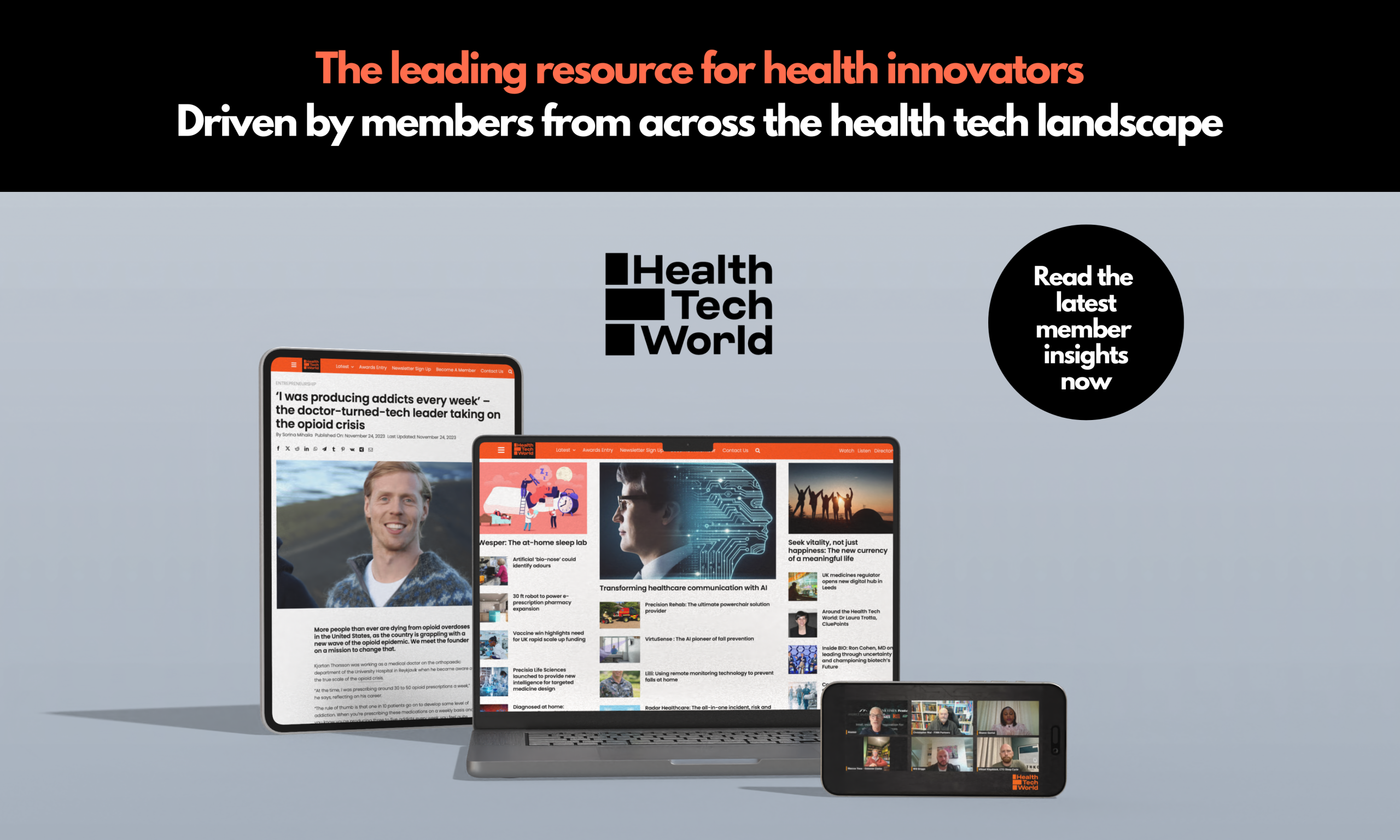
The healthcare technology sector has experienced remarkable growth in the past two-year period, with the total global exit value among healthcare technology companies doubling from $24.7bn in 2023 to $46 bn in 2024, according to new data released by Nina Capital today.
The data also reveals the number of exits worth more than $1 bn more than doubled from 2023 to 2024.
Nina Capital, an international venture capital firm dedicated to healthcare transformation through technology, mounts a defence of the healthcare technology industry in 2024, declaring ‘the numbers speak for themselves.’
Data highlights
The total exit value of healthcare technology companies nearly doubled from $24,749m in 2023 to $46,015m in 2024, representing an impressive 85.9 per cent increase.
The data further revealed that the number of exits worth more than $1bn surged from 5 in 2023 to 11 in 2024, reflecting a robust market environment.
Acquirers range from strategic players in AI, biopharma, care delivery, medical devices—and more.
They include companies like Tempus AI, a precision medicine company focused on AI-driven healthcare solutions; Thermo Fisher Scientific, a leader in laboratory products and biopharma services; Getinge, a medical equipment manufacturer; and Roche, a global healthcare company specialising in pharmaceuticals and diagnostics.
Nina Capital regularly tracks financing rounds and private M&A exit data for healthcare technology companies. In the last 22 months alone, Nina Capital has analysed over 600 financing rounds and over 100 private M&A exits pertinent to the firm’s own market positioning.
Marta G. Zanchi, founder and Managing Partner at Nina Capital, said: “The numbers speak for themselves, providing clear evidence of what industry experts already know: healthcare technology is a great place to invest. Not only has healthcare outperformed the S&P by 2x over thirty years—we are at an inflection point.
“In addition to the potential for significant financial returns, investing in the rapidly expanding healthcare technology industry also entails investing in solutions that will impact the lives of millions of patients.
“The fifty investments in our own portfolio alone have already helped over 10 million patients.”
The top exits for 2024 by amount included: Shockwave Medical: $13.1bn (Acquirer: Johnson & Johnson); Retina Consultants of America: $4.6bn (Acquirer: Cencora); Axonics: $3.7 billion (Acquirer: Boston Scientific); Carebridge: $2.7bn (Acquirer: McKesson Corporation); and, Procare Solutions: $1.8bn (Acquirer: Roper Technologies).
The top exits for 2023 by amount included: Syneos Health: $7.1bn (Private investment consortium); NuVasive: $3.1bn (Globus Medical); Paragon Medical: $1.9bn (AMETEK); NextGen Healthcare: $1.8bn (Thoma Bravo); and, Nextech Systems: $1.4bn (TPG).
Geographical distribution of exits
The data reveals the distribution of countries of origin of the companies that exited from 2023 to 2024: United States 68.8 per cent; United Kingdom 5.2 per cent; France 4.2 per cent; Canada 4.2 per cent; Germany 3.1 per cent; Sweden 3.1 per cent; New Zealand 2.1 per cent; and, Israel 2.1 per cent.
Australia and three European countries, specifically Ireland, Austria, and the Netherlands, contributed an additional 4.2 per cent. Three Asian countries—Singapore, India, and Japan—made up for the remaining.
The majority of acquirers, including companies like Access Healthcare, Elevance Health, and Cardinal Health, are also based in the United States. Acquirers outside of the United States include companies like Getinge (Sweden), Samsung Medison (South Korea), and Novo Nordisk (Denmark).
Europe vs. US
European venture-backed startups have grown by over 10 times since the early 2000s, while US startup deals increased by 3 times in the same period. Europe’s growth rate outstrips the US, despite a smaller overall ecosystem.
While the US maintains the lead with $130.9 billion invested across 9,000 deals in 2018, European VC investment rocketed from $5 billion in 2013 to $23 billion in 2018.
Europe’s venture-backed healthcare technology startup scene has experienced significant growth over the past two decades, outpacing the US in relative terms. While the US remains the dominant force in global tech innovation, Europe’s rapid expansion signals a shifting landscape in the startup world.
Despite Europe’s larger population, the US still dominates in startup metrics. However, Europe’s faster growth rate suggests the gap is narrowing.
Dr. Zanchi said: “What’s clear from the data is that the current landscape offers a unique opportunity for not only increasingly distributed innovation and improved patient outcomes but also substantial financial returns.
“While the US currently accounts for two out of three exits, I predict we’ll see an even more international distribution by 2030—with exits of companies born outside of the US accounting for over half of the total acquired in that year.
“The healthcare market is large, broken, and underpenetrated by technology; advancements in machine learning, computer science, data science, information systems, information technology, and software engineering are poised to disrupt and generate value for those who are championing in its transformation now.”







